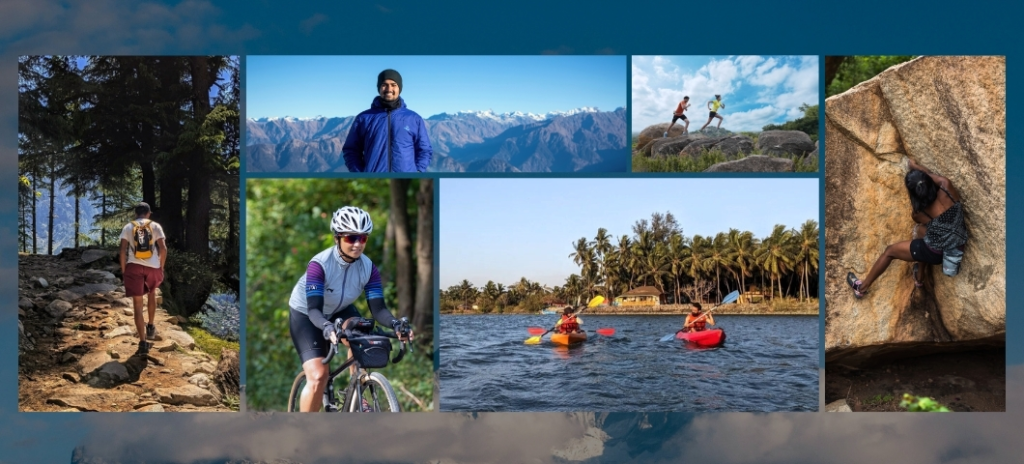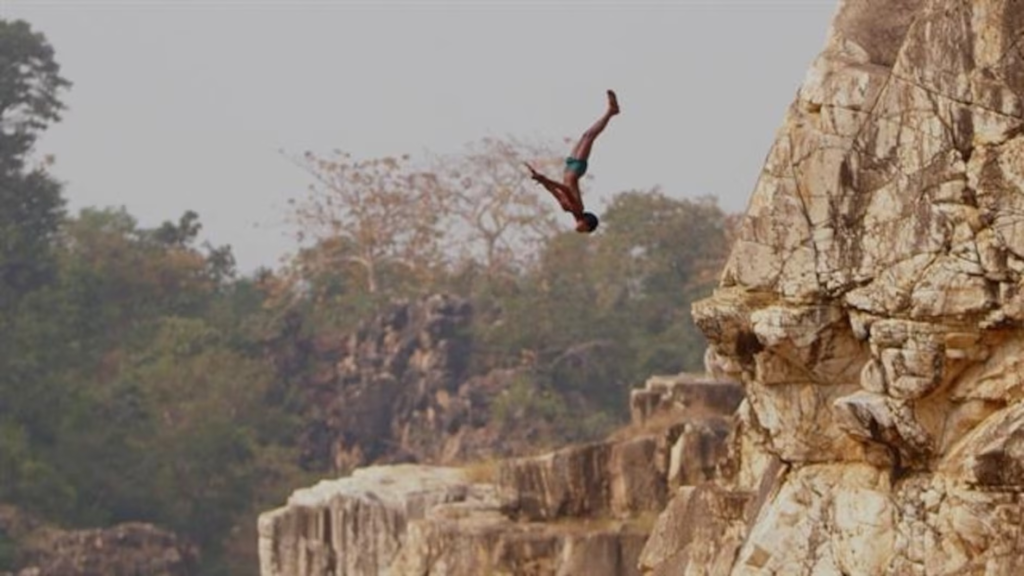National parks have long been destinations for nature lovers seeking peace, wildlife, and scenic beauty. However, a new trend is emerging: adventure sports are gaining rapid popularity in national parks across the country. This exciting shift is attracting a younger, more active crowd eager to combine the thrill of outdoor activities with the natural beauty of protected areas.
Growing Interest in Adventure Sports
In recent years, adventure sports such as rock climbing, zip-lining, mountain biking, and kayaking have become increasingly popular among visitors to national parks. These activities offer visitors a chance to experience nature in a more active and thrilling way. Parks are now promoting adventure tourism to boost visitor engagement and provide diverse experiences beyond traditional hiking and sightseeing.

According to reports from the National Park Service, parks that have integrated adventure sports into their offerings have seen significant increases in visitor numbers, especially among young adults and families looking for new ways to explore the outdoors.
Economic Benefits to Local Communities
Adventure sports tourism is not only changing the way people enjoy national parks but is also providing a much-needed boost to local economies. Small businesses such as adventure tour companies, equipment rental shops, and local guides benefit greatly from the increased demand.
For instance, the Outdoor Industry Association highlights how adventure sports in natural settings create jobs and contribute millions of dollars annually to local communities surrounding national parks. This economic impact encourages park authorities and local governments to support sustainable adventure tourism development.
Safety and Environmental Concerns
While adventure sports bring excitement and economic benefits, park officials emphasize the importance of safety and environmental protection. Managing the delicate balance between thrilling activities and preserving fragile ecosystems is crucial.
Many national parks have introduced strict guidelines and training programs for adventure sports operators to minimize environmental damage. For example, trail systems for mountain biking are carefully designed to avoid erosion, and water sports are regulated to protect aquatic life.
Visitors are also encouraged to follow the Leave No Trace principles to reduce their impact on nature. More information on these guidelines can be found on the Leave No Trace Center for Outdoor Ethics.
Popular Adventure Sports in National Parks
Several adventure sports have stood out in national parks for their popularity and suitability to the natural terrain.
- Rock Climbing: Parks with rugged cliffs and rock formations, such as Yosemite National Park, have long attracted climbers. The sport’s appeal lies in its challenge and the breathtaking views from the top.
- Mountain Biking: Trails that weave through forests and hills provide an adrenaline rush for bikers. Parks like Moab in Utah are famous for their mountain biking paths.
- Kayaking and Canoeing: Many parks feature lakes and rivers ideal for water sports. Paddle sports offer a peaceful yet adventurous way to explore the waterways.
- Zip-lining: Zip-lining is growing in popularity for its blend of excitement and easy accessibility. Several parks have installed zip-line courses to attract thrill-seekers.
These activities not only enhance visitor experience but also help parks to diversify their offerings, attracting more varied groups of tourists.
National Parks Leading the Way
Some national parks have become pioneers in incorporating adventure sports into their visitor experience.
- Yosemite National Park has officially designated climbing areas and offers guided rock climbing tours, which attract thousands of climbers each year.
- Glacier National Park features numerous kayaking routes through its pristine lakes, combined with ranger-led safety briefings.
- Zion National Park in Utah offers mountain biking trails and is expanding its network to accommodate growing interest.
If you are interested in planning an adventure trip, websites like National Parks Traveler provide detailed guides and updates on adventure activities across various parks.
Impact on Visitor Experience
The rise of adventure sports is changing how visitors perceive and enjoy national parks. Many tourists now seek a mix of relaxation and adrenaline-pumping activities, making adventure sports a perfect match.
Adventure tourism encourages visitors to spend more time outdoors and learn new skills while appreciating nature’s beauty. It also promotes physical fitness and mental well-being, combining fun with health benefits.
How to Prepare for Adventure Sports in National Parks

If you plan to try adventure sports in a national park, preparation is key. Here are some tips to ensure a safe and enjoyable experience:
- Research: Check official park websites for information on available activities, permits, and safety guidelines. For example, Recreation.gov offers booking and permits for many national parks.
- Gear Up: Use proper equipment suited for the sport and conditions. Renting from certified operators ensures safety and quality.
- Know Your Limits: Choose activities based on your fitness and experience level. Many parks offer beginner-friendly options with trained guides.
- Respect Nature: Follow park rules and ethical guidelines to protect wildlife and the environment.
Future Trends in Adventure Sports and National Parks
As adventure sports continue to grow in popularity, national parks are expected to expand their offerings and infrastructure. Technology will play a role with virtual guides, enhanced safety features, and better trail mapping apps.
Additionally, there is a growing emphasis on eco-friendly and sustainable adventure sports that minimize environmental impact. This aligns with the core mission of national parks: to preserve nature while providing meaningful outdoor experiences.
Conclusion
Adventure sports are reshaping the way people interact with national parks, making these natural treasures more accessible and exciting for a broader audience. With proper management and responsible tourism, this trend can boost local economies, improve visitor experiences, and help foster a deeper connection with nature.
For more information on adventure sports in national parks and how to plan your visit, explore the National Park Service website or visit Outdoor Project.
If you want to stay updated on the latest trends in outdoor adventure and national parks, following trusted sources and park websites is a great way to start. Adventure awaits!
Also Read – Florida’s Popular Springs Underwater: A World You Have to See






